A GOP reckoning? If Trump loses his reelection bid, the party may face an identity crisis
WASHINGTON – Donald Trump’s hold on the Republican Party is something few could have imagined when he launched what seemed an unlikely bid for the 2016 nomination.
But even if Trump loses reelection Tuesday, his grip on the GOP is now strong enough that it could take some time before the party figures out a path forward.
“I do not think this is a party that is ready to grapple with what it’s been doing or reassess itself anytime soon,” said GOP consultant Brendan Buck, who worked for the past two Republican House speakers and does not support Trump.
Trump’s takeover of the GOP was swift. While he was front and center during the 2016 primary debates, Trump was initially slow to consolidate support. Even as late as the convention, the possibility of a floor fight loomed over his nomination.
© Joe Raedle, Getty Images Supporters of President Donald Trump demonstrate together outside where Democratic presidential nominee Joe Biden is holding a campaign rally at the Broward College North Campus on October 29, 2020 in Coconut Creek, Florida.
Once Trump was elected, however, he reshaped the party in his image and GOP officeholders have been judged – by him and by voters – primarily on their loyalty to the president.
“Until that changes,” Buck said, “it’s going to be hard to have a real conversation about changing who we are as a party.”
That’s despite the fact that the headlines have been filled with former GOP officeholders who reject Trump – even as the party's base remains passionate about the president.
Trump's promises: Which has he kept and what is he still working on?
USA TODAY/Suffolk Poll: Ahead of Election Day, 3 of 4 voters worry about violence in a divided nation
Ninety-five percent of Republicans approve of how Trump is doing his job, a figure similar to George W. Bush’s standing before his 2004 re-election, according to Gallup.
But Trump has generally been viewed much less favorably than Bush was among independents and Democrats in the months leading up the election.
Loss of older voters, women
Some of the worst erosion has been among older voters, those with a college education and women.
Trump to women at Michigan rally: 'We're getting your husbands back to work'
Such changes could force a long-term political realignment, according to William A. Galston, a senior fellow at the Brookings Institution who worked in the Clinton administration. Voters who are breaking their ties with the GOP to back Democratic challenger Joe Biden could make a temporary move permanent if they like what they see in a Biden presidency.
“This could be an extremely significant election in that regard because that would mean a shift in the plate tectonics of politics in the United States,” Galston said. “This could be a big one.”
One group of former Republicans who are giving up on reshaping the party is the Lincoln Project, which has run some of the toughest ads against Trump as well as gone after Senate Republicans on the ballot.
“There are a lot of folks who might be very interested in rebuilding the Republican Party,” said Reed Galen, a co-founder of the Lincoln Project who worked for President George W. Bush and Arizona Sen. John McCain. “We are not them.”
Galen sees the Lincoln Project as being a “coalition partner” with a Biden administration.
“If you want to get the country healthy and back to work and back to school, it’s going to take a broad-based, bipartisan, nationwide effort to make it happen,” he said. “To the extent that we can be helpful to a President Biden in that regard, we want to do that.”
The Lincoln Project gleefully tweeted recently that its 2.6 million followers had surpassed the Republican National Committee’s 2.5 million.
To Republicans like Buck, that just proves the group won’t have a voice at the conservative table.
“I think they are a bunch of guys who are effectively leading a Democratic political organization and their followers are Democrats who are happy to see them take out Republicans for them,” he said.
Can Trump supporters and Never Trumpers co-exist?
In fact, it’s not clear whether conservatives who have pushed back against Trump and the changes he’s brought to the party are a significant force, said Vanessa Williamson, co-author of “The Tea Party and the Remaking of Republican Conservatism.”
"The question I think that remains open is how much support those individuals have either institutionally or in terms of voter support," Williamson said during a recent discussion at the Brookings Institution, where she is a senior fellow. “It is not, I think, at the level where I would describe it as a faction, even, for the Republican Party, in terms of its level of organization or power within the party."
Trump campaign stops: Coronavirus cases surged in his wake in at least five places.
© SAUL LOEB, AFP via Getty Images US President Donald Trump throws a MAGA hat into the crowd as he arrives fora Make America Great Again campaign rally at Altoona-Blair County Airport in Martinsburg, Pennsylvania, October 26, 2020.
At the conservative American Enterprise Institute, scholar Yuval Levin has been bringing together policy advisers to politicians to discuss how to change what conservatives are offering voters.
Levin, who worked on domestic policy for Bush, was among those arguing “well before Trumpism” that base tenants of Reaganism – lowering taxes and letting market forces rule – that drove the party for many years are not delivering for working families.
“That’s very much a debate within the right,” he said. “I think that Republican politicians still are deeply perplexed about what happened in 2016.”
Similarly, a new think tank, the American Compass, is trying to make it clear that “post-Trumpism needs to be very different from pre-Trumpism.”
“Trump just proved wrong virtually everything that the right-of-center thought it knew about what its politicians were supposed to be saying, what it’s constituents actually cared about,” said executive director Oren Cass, a former adviser to Sen. Mitt Romney's 2012 presidential campaign.
Cass argues conservative public policy became too dominated by libertarian impulses, a hands-off approach that has left a lot of needs unaddressed.
“We see a much more substantial role for public policy to play in making the market work well,” he said.
A big tent?
In order to recalibrate, Republicans will have to first wander in the wilderness, said Sarah Longwell, founder of Republicans for the Rule of Law and Defending Democracy Together.
“It comes down to how tight a grip does Donald Trump retain on the party,” she said. “Because one of the things that’s really important to understand about Donald Trump is that he cares less about beating Democrats than he does about owning the Republican Party.”
For that reason, Longwell thinks voters have to "absolutely annihilate" Republicans on Nov. 3.
But the groups she leads aren’t actively working to defeat any Republicans except Trump, as the Lincoln Project is.
For Defending Democracy Together’s $30 million campaign aimed at giving Republicans the “permission” to vote against Trump through testimonials of Republicans who are doing just that, Longwell wanted as big a tent as possible.
“Ninety percent of the people in our project explicitly endorse Biden and are probably going to vote straight ticket,” she said. “But lots of others might not. And we wanted to have a project that gave everybody in that space a home.”
John Pudner, a former adviser to Romney who supports Trump, said the “Never Trumpers” lost credibility with rank-and-file Republicans when they started going after senators.
“I just don’t see how a conservative thinks we’re better off with every branch being controlled by Democrats,” he said.

© MANDEL NGAN, AFP via Getty Images Nuns wearing masks displaying Trump's MAGA slogan listen as US President Donald Trump speaks during a campaign rally at Pickaway Agriculture and Event Center in Circleville, Ohio on October 24, 2020.
Tom Nichols, a senior adviser to the Lincoln Project, said it’s laughable to argue that Republicans should keep the Senate to serve as a check-and-balance on Democrats, if they lose the White House.
“I don’t remember, over 40 years, anybody ever saying, `Now we’re on the verge of a landslide…but we’d better leave some Democrats in power so that we don’t go crazy,” said Nichols, author of “The Death of Expertise.”
And since it’s “pretty rare for parties to die,” he said, the most likely future is some kind of reconstituted Republican Party.
“But it needs to have new people in it,” he added.
Even if Trump loses, it’s impossible to predict what things will feel like after Nov. 3, Levin said.
But, soon enough, he said, “these conversations will be happening everywhere on the right.”
“I mean,” Levin added, “it will be all we have to do.”
This article originally appeared on USA TODAY: A GOP reckoning? If Trump loses his reelection bid, the party may face an identity crisis

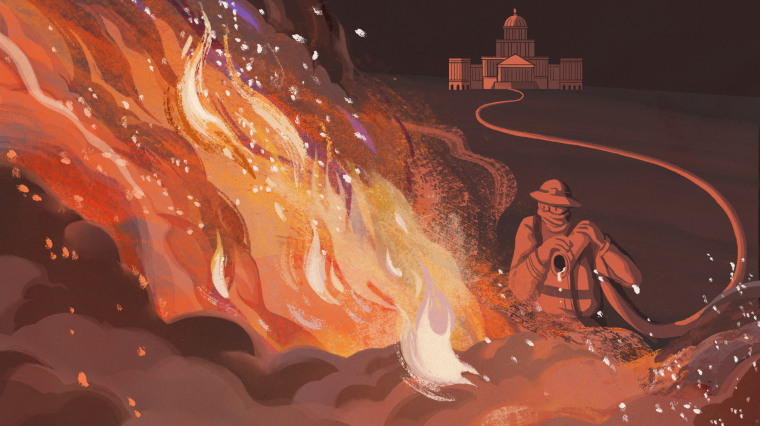
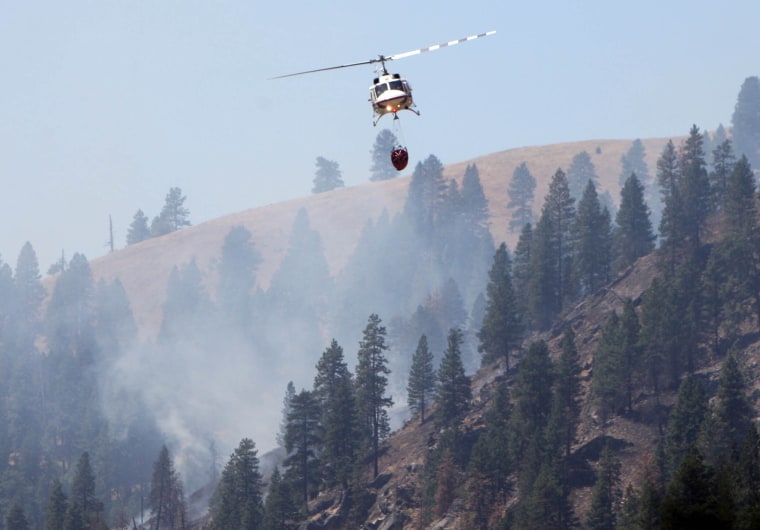
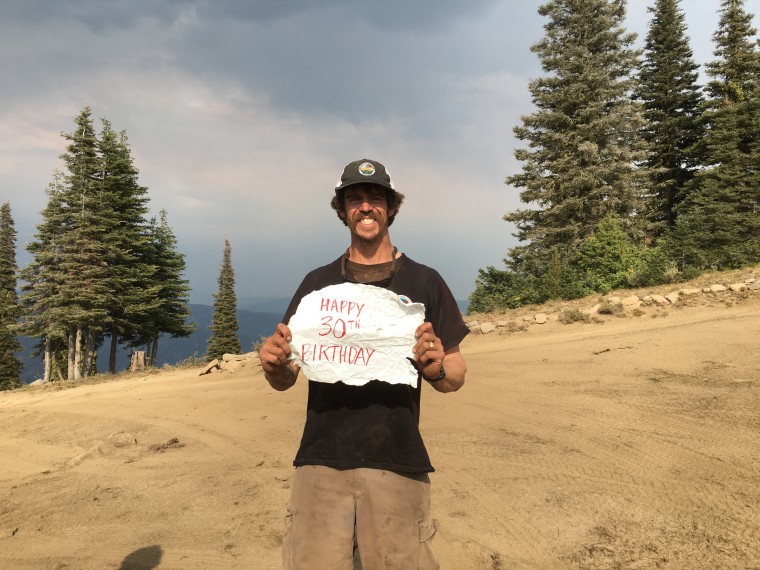
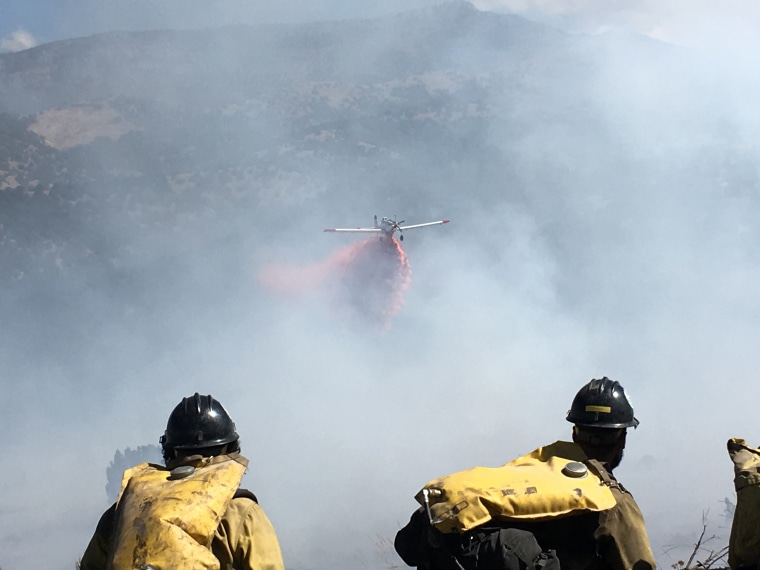
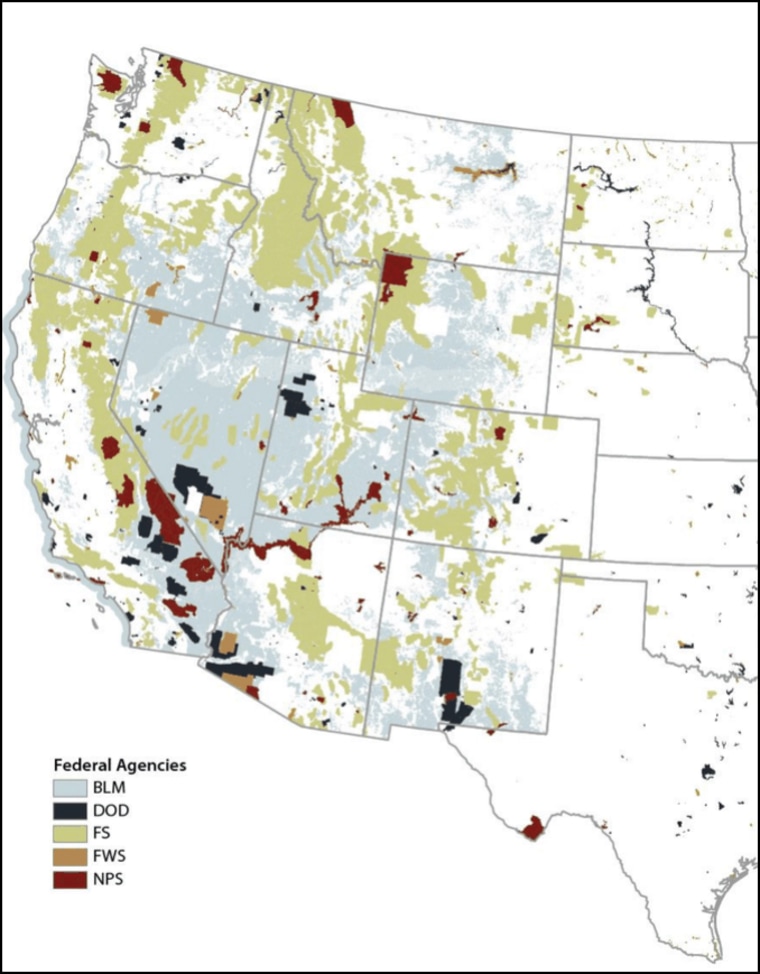
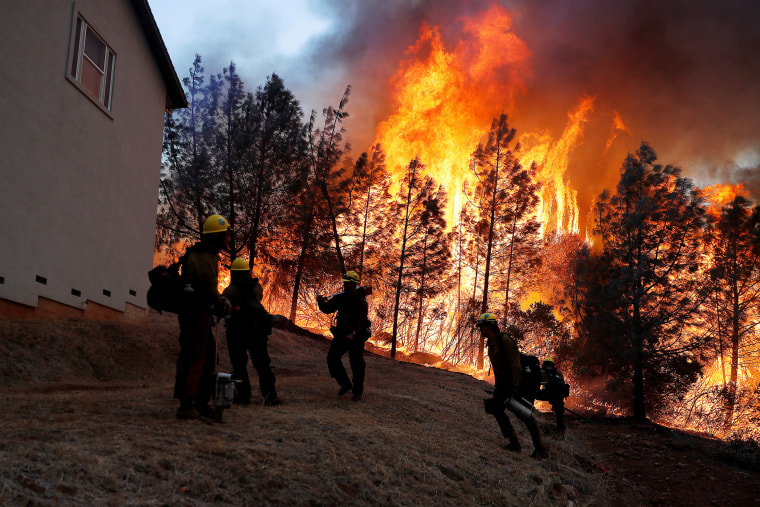
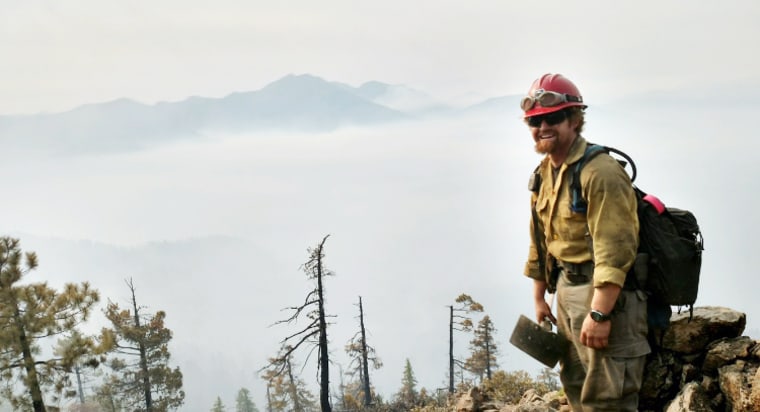
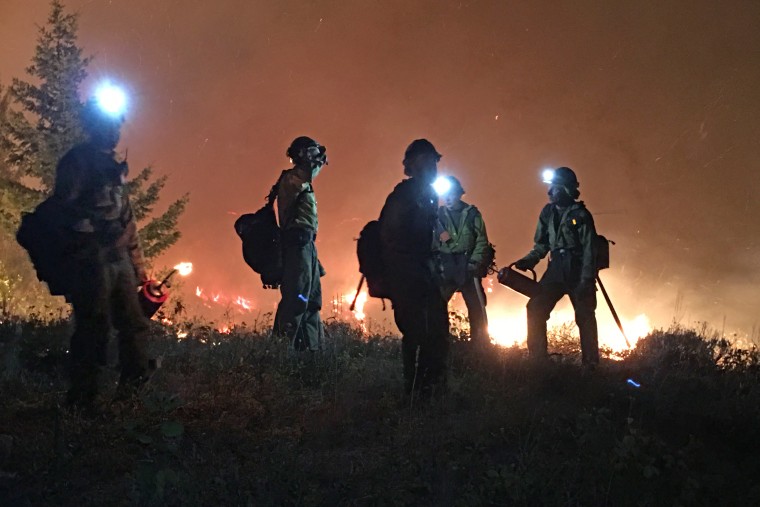











 .
. © ABC News Catholic foster parent Sharonnell Fulton is a plaintiff in the Supreme Court case challenging Philadelphia's non-discrimination policy applied to contracted foster care agencies.
© ABC News Catholic foster parent Sharonnell Fulton is a plaintiff in the Supreme Court case challenging Philadelphia's non-discrimination policy applied to contracted foster care agencies.


